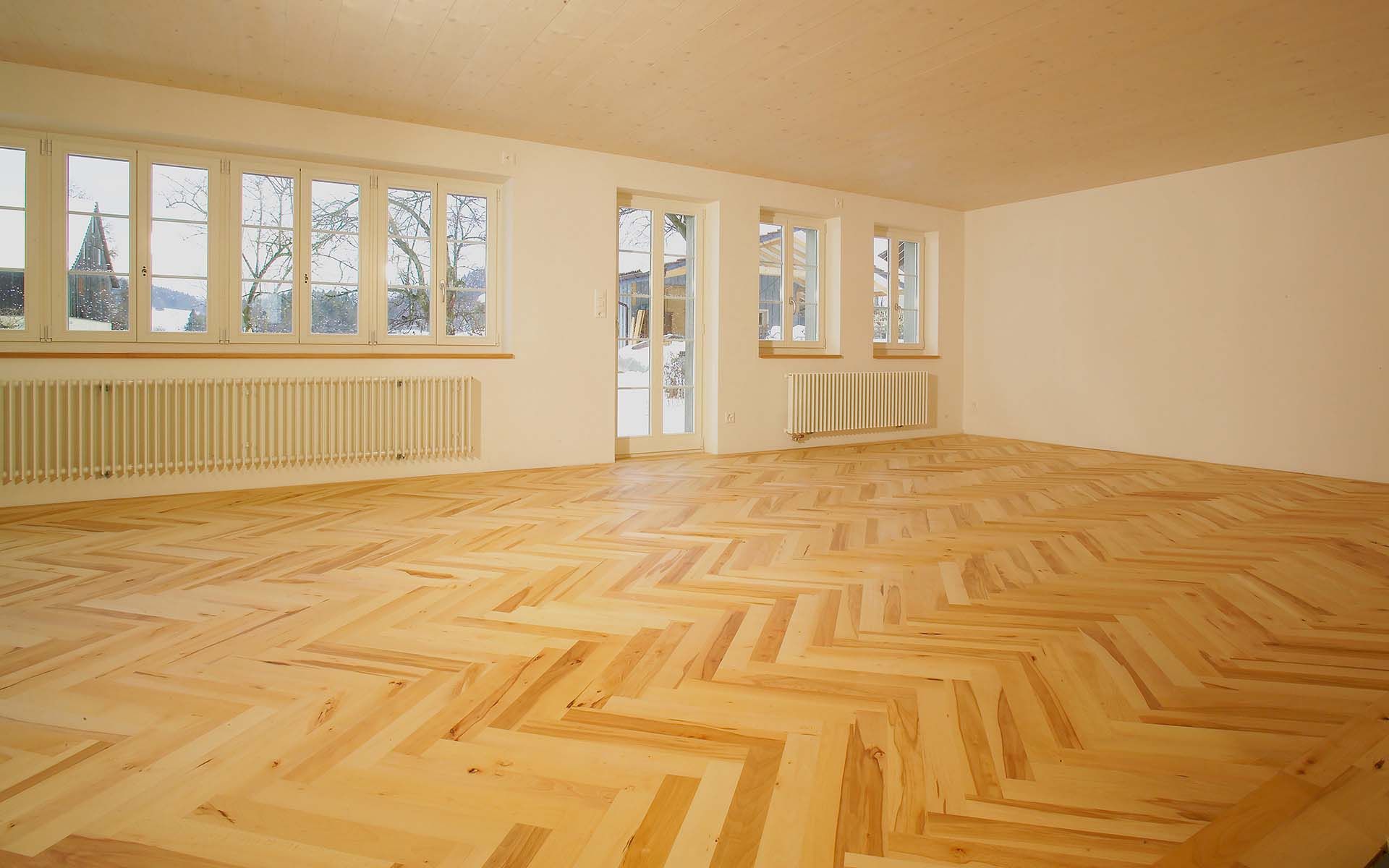Are you seeking to rejuvenate your home’s ambiance? Look no further than floor sanding and polishing! It’s a transformative process that can breathe new life into tired, worn-out floors, leaving them gleaming and elegant. In this guide, we’ll delve into how residential floor sanding specialists in Melbourne can refresh your home’s look, answering common questions and shedding light on the benefits of this revitalizing procedure.
Why Should You Consider Floor Sanding and Polishing?
If your home’s floors are showing signs of wear and tear, from scratches to dullness, floor sanding and polishing offer a cost-effective solution to restore their former glory. But why should you consider this option over other renovation methods?
Floor sanding and polishing provide a comprehensive makeover for your floors, addressing multiple issues in one go. Unlike simply covering up imperfections with rugs or carpets, sanding removes surface damage, revealing the natural beauty of the wood beneath. Polishing adds a protective layer, enhancing durability and shine.
What Are the Benefits of Floor Sanding and Polishing?
Investing in floor sanding and polishing comes with a multitude of benefits that extend beyond mere aesthetics. Let’s explore some of these advantages:
- Enhanced Durability: By sanding away surface imperfections and applying protective coatings, your floors become more resistant to future damage, prolonging their lifespan.
- Improved Indoor Air Quality: Sanding removes accumulated dust, allergens, and pollutants trapped in your floors, leading to a healthier indoor environment, especially for those with respiratory issues.
- Increased Property Value: Well-maintained, polished floors add significant value to your home, making it more attractive to potential buyers should you decide to sell in the future.
- Ease of Maintenance: Polished floors are easier to clean and maintain compared to untreated surfaces, requiring minimal effort to keep them looking pristine.
What Is the Process of Floor Sanding and Polishing?
Understanding the step-by-step process of floor sanding and polishing can help alleviate any concerns and give you a clear idea of what to expect. Let’s break it down:
- Preparation: The area to be sanded is cleared of furniture and any obstructions. The floors are thoroughly cleaned to remove dirt and debris.
- Sanding: Using specialized equipment, such as drum sanders and edgers, the surface of the floor is meticulously sanded to remove scratches, stains, and unevenness.
- Fine Sanding: After the initial sanding, finer grit sandpaper is used to achieve a smoother finish and prepare the surface for polishing.
- Polishing: A protective coating, typically polyurethane or varnish, is applied to the sanded surface to enhance its appearance and durability. Multiple coats may be applied for optimal results.
- Drying and Curing: The newly polished floors are left to dry and cure for a specified period, ensuring the coating properly adheres and hardens.
- Final Touches: Once the floors are fully cured, any necessary touch-ups are performed, and furniture is carefully moved back into place.
FAQs About Floor Sanding and Polishing
How long does the process take?
- The duration varies depending on factors such as the size of the area, the extent of damage, and the number of coats applied. However, a typical residential floor sanding and polishing project can take anywhere from a few days to a week to complete.
Will there be a lot of dust during sanding?
- Modern sanding equipment is equipped with dust extraction systems to minimize airborne particles. While some dust may still be produced, reputable professionals take measures to contain it, such as sealing off adjacent rooms and using protective barriers.
How often should I sand and polish my floors?
- The frequency of sanding and polishing depends on various factors, including foot traffic, maintenance routine, and the type of finish used. Generally, it’s recommended to sand and polish high-traffic areas every 5-7 years to maintain their appearance and integrity.
Can I walk on the floors immediately after polishing?
- While the floors may feel dry to the touch, it’s advisable to wait at least 24 hours before walking on them to allow the coating to fully cure. Avoid placing heavy furniture or rugs for the first few days to prevent any imprints or damage.
Conclusion: Elevate Your Home’s Aesthetic with Floor Sanding and Polishing
Transforming your home’s floors through sanding and polishing is a rewarding investment that yields both aesthetic and practical benefits. With the expertise of residential floor sanding specialists in Melbourne, you can revitalize your living space, enhance durability, and add value to your property. Whether you’re looking to refresh tired floors or simply want to maintain their pristine condition, floor sanding and polishing offer a comprehensive solution that delivers lasting results.
Now that you’re equipped with the knowledge and understanding of this rejuvenating process, why not take the first step towards revitalizing your home’s ambiance? Contact a reputable floor sanding specialist today and embark on the journey to a more beautiful and inviting living space.

